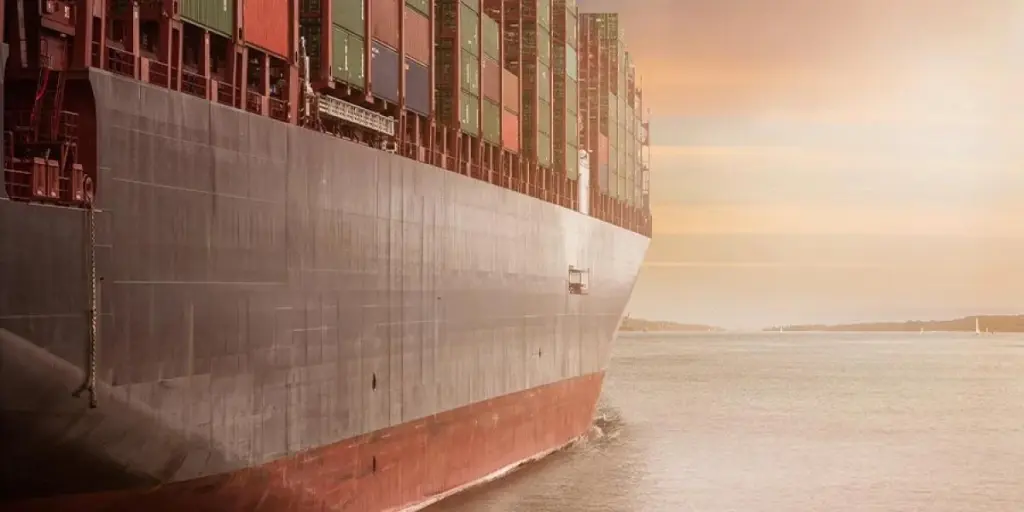Hazardous materials, often referred to as HAZMAT, encompass a range of substances including chemicals, gases, explosives, batteries, magnets, and fertilizers, which can be in solid, liquid, or gaseous form. These materials are stringently categorized into nine classes as they pose a potential risk to human health, property, or the environment due to their chemical or physical properties.
The classification is useful for communicating the hazards through the transportation chain and ensuring that proper handling and shipping procedures are followed.
The classifications include:
Class 1: Explosives
Class 2: Gases
Class 3: Flammable liquids
Class 4: Flammable solids
Substances liable to spontaneous combustion
Substances emitting flammable gases with water contact
Class 5: Oxidizers/organic peroxides
Class 6: Toxic and infectious substances
Class 7: Radioactive material
Class 8: Corrosives
Class 9: Miscellaneous hazardous materials
Miscellaneous hazardous substances like lithium batteries
Generally, the suppliers play a crucial role in identifying whether a product falls under HAZMAT, the relevant proper shipping procedures, and should provide complete and accurate documentation for these materials.
